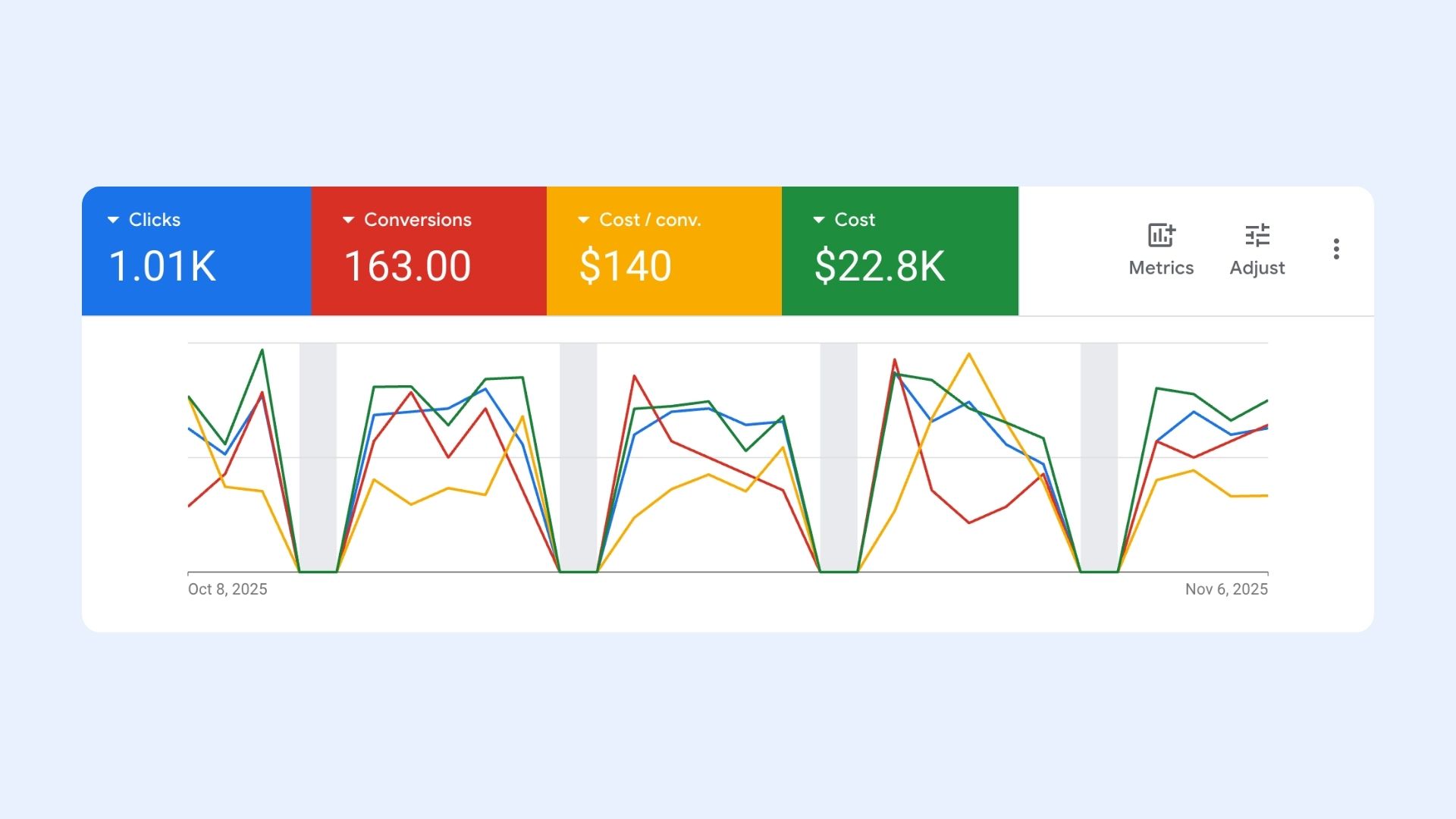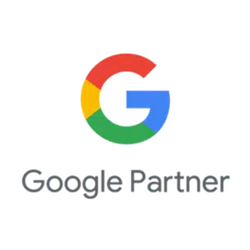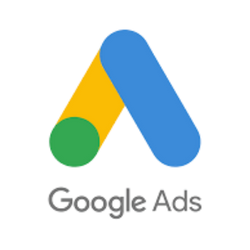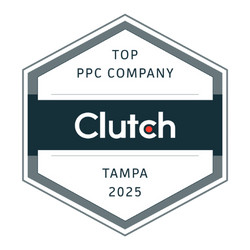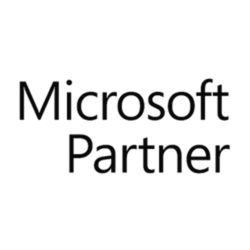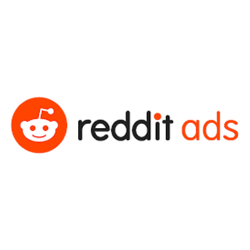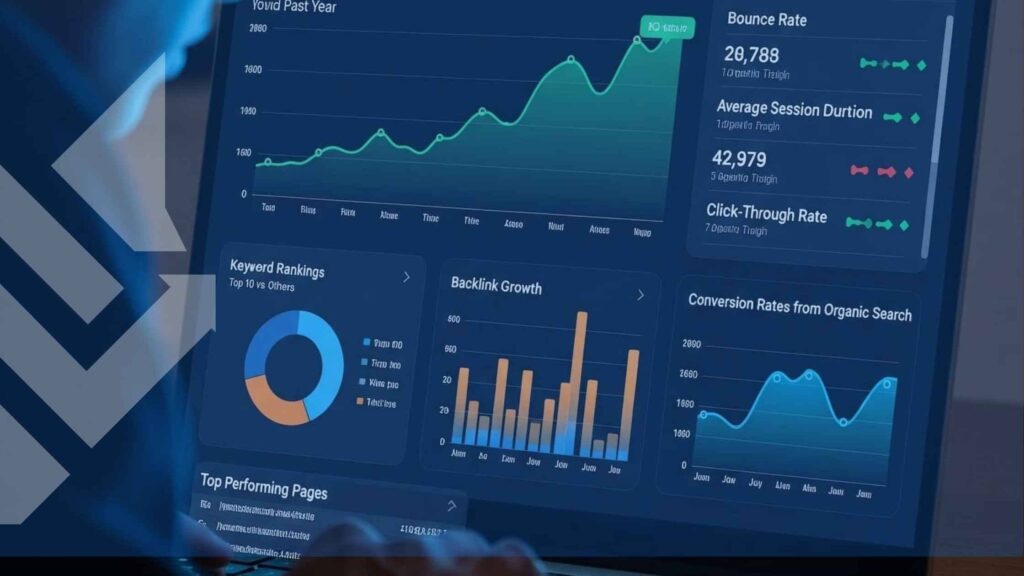Learn More About Google Search Advertising
How We Build Google Search Campaigns the Right Way
At WolfPack Advising, every Google Search campaign is structured with precision. We create one campaign per service and per service area, allowing for full control over budgets, targeting, and optimization. This approach gives flexibility when clients prioritize certain services or markets and prevents Google’s automation from blending performance data across unrelated segments.
Each campaign includes highly focused ad groups — typically one per campaign, often organized by keyword themes or service types. While we sometimes use Single Keyword Ad Groups (SKAGs) for tighter control, most businesses benefit from our hybrid structure that balances scale and precision.
Keyword Strategy: Balancing Control, Flexibility, and Cost
We use a mix of Exact and Phrase Match keywords to ensure quality traffic and maintain cost efficiency. Exact match delivers the highest precision but also the highest CPC, making it ideal for lower-budget campaigns or niche services. Phrase match provides a middle ground — flexible enough to capture variations while maintaining relevance and strong ROI.
Broad Match can work for large budgets, but it requires constant negative keyword management. Without careful oversight, broad match can waste spend quickly. That’s why every campaign we manage includes a continuously refined negative keyword list to filter out irrelevant searches and protect ad spend.
Bidding & Optimization for Real ROI
We leverage Max Conversions or Target CPA/ROAS strategies depending on the data available. When clients share sales value data (which we encourage), we activate Target ROAS, feeding real revenue data back into Google Ads. This closed feedback loop helps Google’s algorithm identify your highest-value leads and allocate more budget toward them — improving ROI and placement quality over time.
Sales value data is automatically shared through our Lead Center, ensuring your campaigns always optimize based on accurate, real-world results rather than just form submissions or clicks.
Ad Copy, Extensions, and Creative Testing
We write ad copy that blends keyword relevance with benefit-driven messaging, maximizing both click-through rate (CTR) and conversion potential. Each ad group includes the maximum number of ad variations (3–4) for Google to test and optimize toward an Excellent ad strength rating.
Our team also strategically uses Dynamic Keyword Insertion (DKI) in headlines, descriptions, and landing pages to improve ad relevance — but we always A/B test non-DKI versions to ensure quality.
For ad extensions, we prioritize callouts, snippets, and call extensions, which improve performance without siphoning traffic away. We rarely use sitelinks since they can redirect traffic to non-converting pages and waste clicks.
Smart Targeting Across the Google Search Network
Each campaign is evaluated for inclusion in the Google Search Partner Network — including sites like YouTube and Google Shopping. Smaller budgets often perform better limited to Google Search alone, while larger budgets benefit from expanded visibility.
While RLSA (Remarketing Lists for Search Ads) isn’t always ideal for home service businesses, we implement it where appropriate — particularly in eCommerce or multi-touch campaigns.
Advanced Tracking & Integration with the Lead Center
Every click, call, and form submission is tracked through our Lead Center. Using JavaScript integrations and call tracking numbers, our system swaps numbers dynamically (in an SEO-friendly way) and captures form data, calls, and eCommerce transactions.
This real-time data flows directly to your dashboard — giving you visibility into lead quality, call response rate, close rate, and ROI. We go far beyond surface metrics like impressions or CTR; our goal is to help you see and understand your full marketing funnel.
Performance Monitoring & Internal Benchmarks
We don’t rely on industry averages — our internal performance benchmarks are significantly higher. While most agencies settle for a 2% conversion rate, WolfPack campaigns average between 5–10%. We track CPC, CTR (usually above 5%), CPL, CPQL, and ROAS weekly to ensure continuous improvement.
We also adjust strategy based on match type performance. For instance, broad match tends to yield lower CTR but cheaper CPC and CPA — so we rebalance campaigns according to overall ROI, not vanity metrics.
Common Agency Mistakes We Fix
Many agencies fall short on technical setup and optimization. We often see:
- No conversion tracking or missing sales value reporting to Google
- Branded keyword campaigns disguised as lead generation (inflating ROI)
- Poor campaign structure (too many ad groups per campaign)
- Neglected negative keyword management
- Overuse of broad match leading to irrelevant clicks
WolfPack fixes these foundational issues immediately, ensuring your campaigns deliver real performance — not inflated reports.
Understanding Google’s Auction System
Google Search Ads operate on a live auction-based model, meaning ad costs rise and fall with demand. As more businesses enter your market, CPCs increase and visibility becomes more competitive. The goal isn’t to “win” every auction — it’s to survive profitably and sustainably.
We share Auction Insights data directly with clients, showing where your business stands among competitors and where opportunities exist to increase or conserve budget.
Diversified Ad Strategies for Long-Term Success
While Google Search Ads are powerful, no single platform performs perfectly year-round. If GSA results dip for several months due to market conditions or rising CPCs, we seamlessly reallocate your budget to other platforms like Meta, Bing, or YouTube.
This multi-channel diversification ensures your leads and revenue never stall due to Google’s fluctuations. You get a consistent flow of leads while maximizing the efficiency of every marketing dollar.

